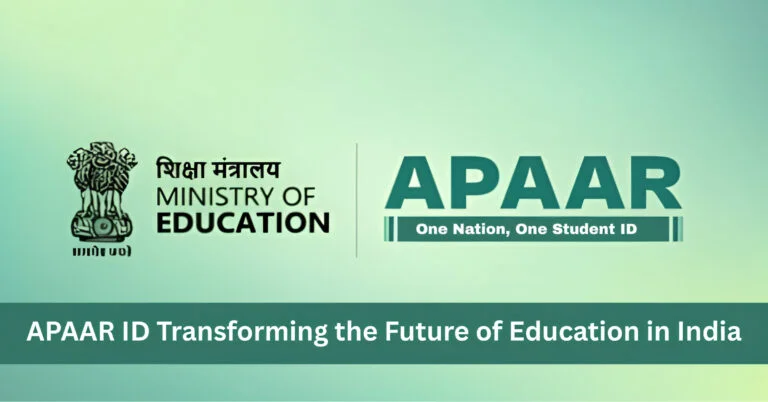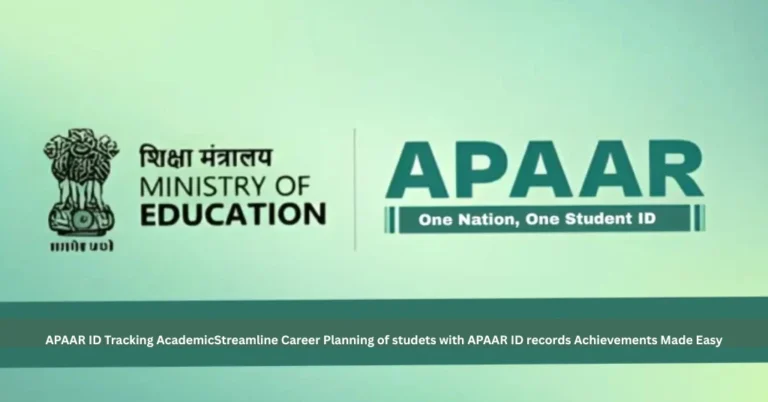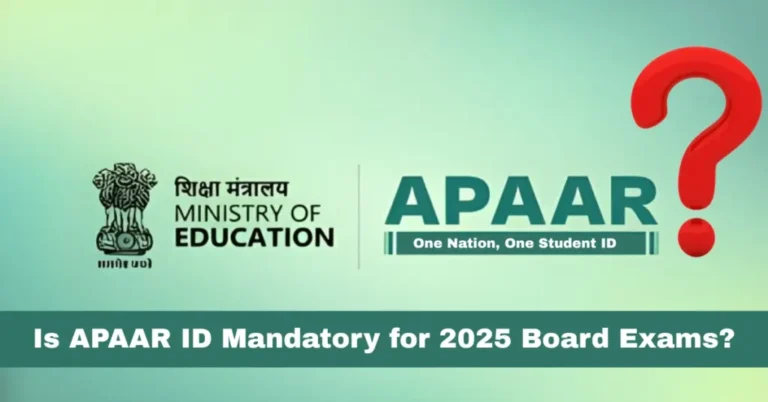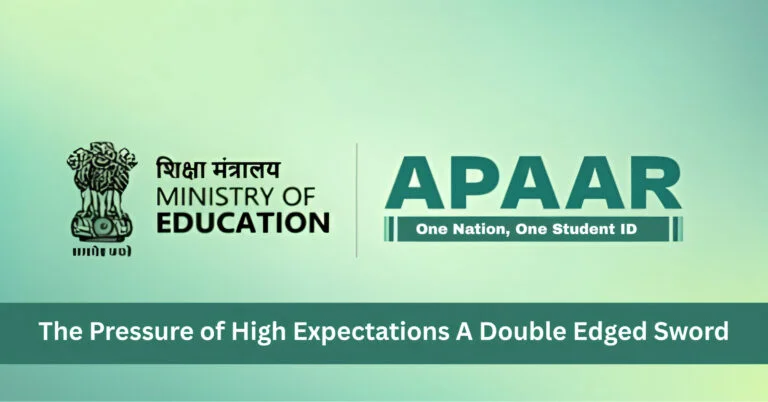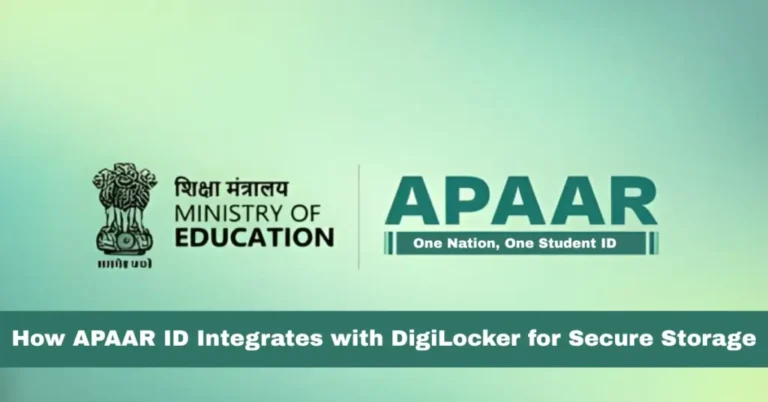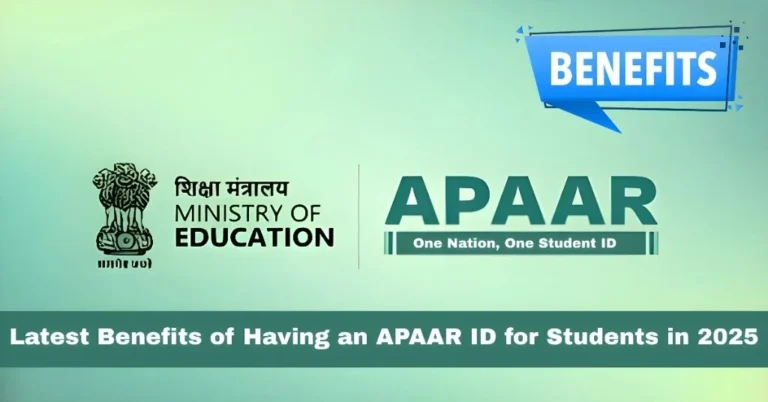Bridging the Gap Between Policy and Practice: A Nationwide Issue
India often designs some of the world’s most thoughtful public policies. From education and healthcare to digital transformation and women’s empowerment — our country has no shortage of plans. But there’s one big problem: many great policies don’t reach people effectively.
That’s where the gap lies — between policy (what’s written on paper) and practice (what happens on the ground). Bridging this gap is one of the biggest challenges for a developing nation like India.
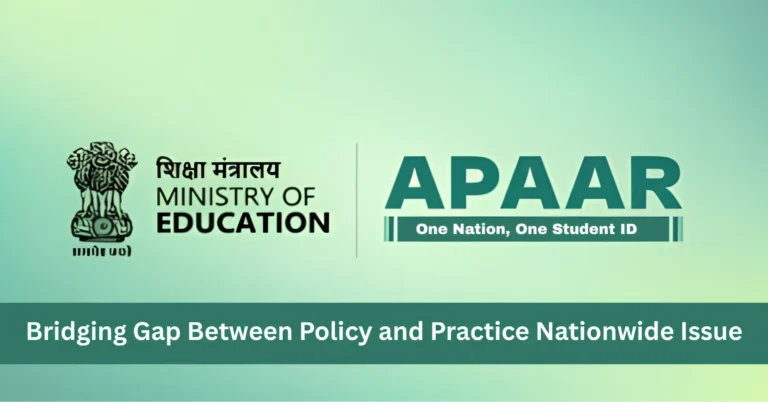
Understanding the Policy–Practice Gap
A policy–practice gap means there’s a difference between what the government plans and what actually happens. It’s like having a great map but not being able to follow the route in real life.
For example, a new education policy may promote digital learning, but if rural schools lack internet access, the idea remains incomplete.
Why This Gap Exists
There’s no single reason — it’s a mix of:
The Role of Communication
One major reason policies fail is unclear communication. Officials at the top understand policies differently from people at the ground level. Translating complex rules into everyday action is key — but often neglected.
Education: The Classic Example
The National Education Policy (NEP) 2020 is a visionary document. It promotes skill-based learning, flexibility, and technology integration. Yet, many schools struggle to implement it due to teacher shortages, lack of training, and outdated infrastructure.
Healthcare: Lessons from the Field
Healthcare policies often focus on accessibility and affordability. Programs like Ayushman Bharat are well-intentioned, but implementation in remote areas still faces challenges such as staff shortages, delayed funds, and poor awareness.
Rural vs Urban Divide
Policies designed at the national level often overlook local differences. Urban areas have better access to technology and trained staff, while rural areas lag behind. This imbalance widens the implementation gap.
Role of Bureaucracy
Sometimes, bureaucracy slows things down. Multiple approvals, complex paperwork, and lack of coordination between departments make policies harder to execute efficiently.
Importance of Local Governance
Empowering local bodies — panchayats, municipalities, and district administrations — can bring real change. They understand local needs better and can adapt national policies to fit local realities.
Technology as a Bridge
Digital tools like DigiLocker, APAAR ID, and e-Governance platforms help track progress and reduce corruption. Technology improves transparency and speeds up service delivery.
Involvement of Teachers and Field Workers
Policies are not just government documents — they are living systems run by people. Teachers, healthcare workers, and local administrators are the real change-makers. Training and motivation are essential to empower them.
Funding and Resource Allocation
Even well-written policies fail if not funded properly. Consistent funding, timely release of money, and clear monitoring can make a huge difference.
Public Awareness
Many people don’t even know about the schemes meant for them. Creating awareness through local campaigns, schools, and community programs ensures citizens can access benefits.
Monitoring and Evaluation
Regular reviews help identify what’s working and what’s not. Setting measurable targets, gathering feedback, and adjusting strategies improve the impact of policies.
Collaboration with Private Sector
Public-private partnerships (PPP) can fill gaps in skills, funding, and innovation. Private companies often bring speed, efficiency, and new ideas to public projects.
Training the Implementers
Frontline workers need clear guidance and skill development. Regular training programs ensure that everyone — from a village clerk to a city officer — understands their roles.
Real-Life Examples of Bridging the Gap
Swachh Bharat Mission: Success grew when communities got involved and awareness spread.
Digital India: Gained momentum when internet access and literacy improved.
Ujjwala Yojana: Worked better after local campaigns reached rural women directly.
These examples show that participation and simplicity can turn a policy into a success.
The Role of Feedback
Policies should evolve based on ground realities. Creating feedback loops — through surveys, local meetings, or digital platforms — helps make them more effective.
Media’s Responsibility
The media plays a huge part in spreading awareness. Reporting not just on failures but also on good implementation practices encourages others to follow suit.
Challenges in Measuring Impact
Sometimes, it’s hard to measure policy success. Numbers don’t always show real-life change. For example, having more schools doesn’t mean better education quality — that depends on teaching and learning outcomes.
The Human Element
No matter how modern a system becomes, human motivation and ethics remain key. A dedicated teacher, an honest officer, or a passionate NGO worker can make more impact than rules alone.
Decentralization of Power
Giving more control to local governments makes execution faster and more relevant. Centralized decisions often ignore local diversity, leading to poor results.
Policy Innovation
India needs flexible policies that adapt to new realities. Pilot projects, quick feedback, and real-time data can make policymaking more dynamic.
Accountability and Transparency
Strong audit systems, digital tracking, and open data increase trust. When citizens can see where money goes, they become more engaged in governance.
Bridging Policy with Practice in Education
New tools like APAAR ID and Academic Bank of Credits show how digital innovation can connect national goals with local implementation. Training teachers and simplifying systems can make these reforms truly work.
How Citizens Can Help
Ordinary people can bridge this gap too. Reporting problems, volunteering in local programs, and staying informed all contribute to better implementation.
Youth as Policy Partners
Young people bring creativity and energy. Involving them through student councils, innovation labs, and community projects ensures that policies are not just for them but also by them.
Learning from Other Countries
Countries like Singapore and Finland have closed the policy–practice gap by focusing on teacher empowerment, strong local leadership, and consistent funding. India can adopt similar lessons.
Using Data to Drive Change
Collecting accurate data helps policymakers adjust decisions faster. Data dashboards, surveys, and analytics improve transparency and problem-solving.
The Future: Smart Governance
In the coming years, AI, machine learning, and automation can help analyze policy outcomes and detect where implementation is weak — making governance smarter and faster.
Policy and Practice Must Work Together
Writing a good policy is just the first step. Execution needs people, planning, and patience. The closer policy and practice come together, the more real progress India can achieve.
Frequently Asked Questions
Final Thoughts
Bridging the gap between policy and practice isn’t just a government task — it’s a collective effort. From policymakers and teachers to citizens and students, everyone has a role to play.
Policies show direction, but practice creates real change. When both align, transformation happens.
India’s progress depends not just on making new plans, but on turning those plans into action — one district, one school, and one community at a time.
